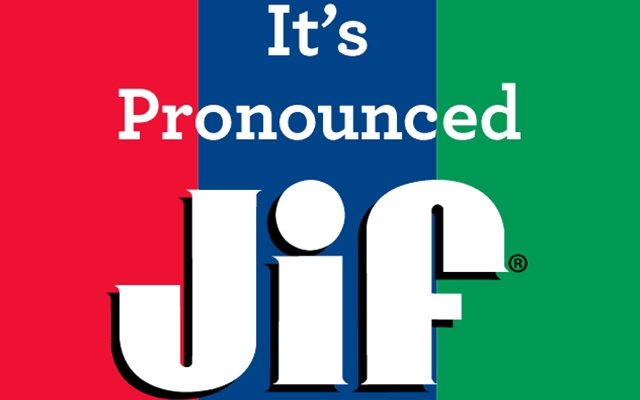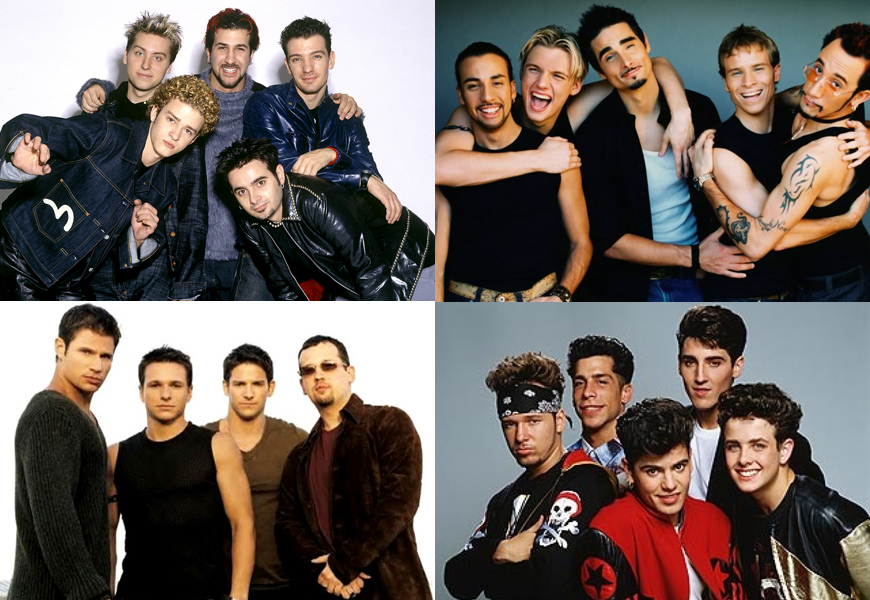Believe it or not but the GIF has been around since 1987. The Graphics Interchange Format has become popular in recent years thanks to its compression capabilities that sustain small animations and low-resolution film clips.
Despite the fact that this technology is older than Adele, people still don’t know how to pronounce it. The JIF verses GIF debate happened back in 2013 and the Internet was torn down the middle. The arguments for the hard g have some merit. The g stands for graphics, which is pronounced with a hard g, and GIF is like gift without the t. On the other side of the argument you have giant, giraffe, ginger, and gist and many more that all use a soft g. The use of the soft verses hard g depends on the language of origin, but what do you do with a new word?
The creator of GIFs, Steve Wilhite, assured the world it is supposed to be pronounced JIF with a soft g, just like Jif Peanut Butter. In this case Wilhite went for the Greco-Latinate rule that g’s followed by i,e, or y are pronounced with a soft g. So there you have it. Debate aside, the creator of a name should have the privilege to choose the pronunciation.
English is a messed up language but you have to follow the rules.

If you don’t like the way GIF is pronounced, ponder on some of these other gems (that’s gem with a soft g) courtesty of the English language: asthma, bologna, colonel, corps, island, phlegm, pneumonia, receipt, etc.












